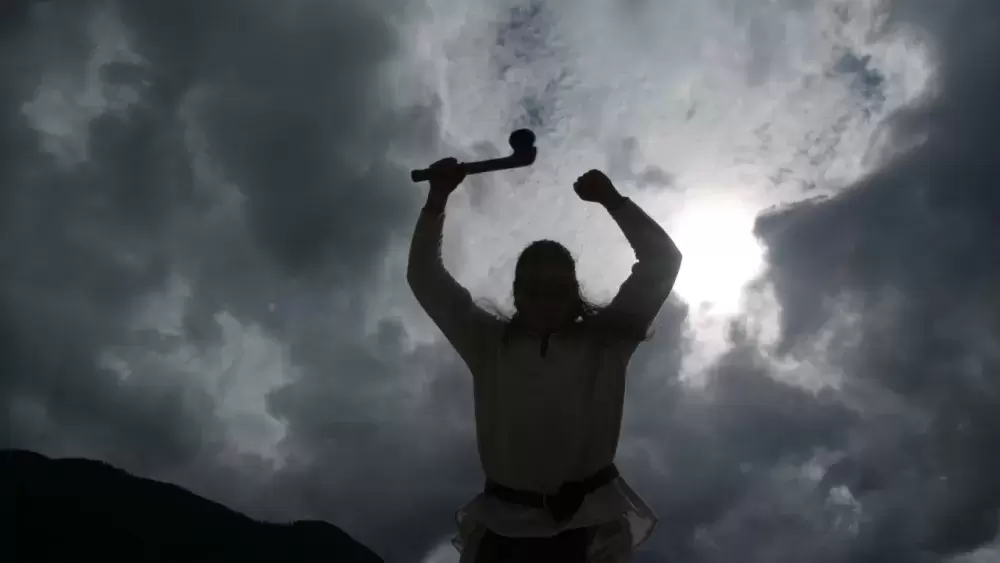Aboriginal Peoples Television Network is airing season two of a documentary TV series called Nations at War.
Writer and director Jason Friesen collaborated with creator/writer Tim Johnson to share the history of the battles and events that changed the Indigenous landscape of North America to what it is today.
Johnson, a non-Indigenous man, grew up on the East Coast of Canada and learned about Aboriginal history there while Friesen is Métis and native to British Columbia. Together, the two men bring together stories from across North America about Indigenous history told from an Indigenous perspective.
“We’re both story tellers and these stories are epic,” said Johnson, adding that old history books are not written from the perspective of Indigenous peoples and oral history is not included in the texts.
“Indigenous peoples in history are often portrayed as second-level characters in stories,” said Friesen.
The part that hasn’t been told historically, he went on to say, is that they were smart people.
“They had established trade networks and they played a part in incredibly monumental events,” he added.
For example, in season two of Nations at War, the story of Captain James Cook’s 1778 meeting with Mowachaht Chief Maquinna at Yuquot (Friendly Cove) is shared using museum archive images and computer-generated animation. The story goes on to the 1790s when the fight between Spain and Great Britain over trading rights with the ‘Nootka’ came to a head. It was Maquinna who stepped in to keep the peace, likely averting a global war and culminating in the Nootka Convention – an agreement stipulating that Great Britain and Spain would share access to Nuu-chah-nulth territory and the coveted sea otter pelts.
Other Nuu-chah-nulth stories are told in season two including the Tonquin-Tla-o-qui-aht incident and the Kingfisher-Ahousaht incident.
With the computer-generated action scenes, the film engages the viewer in a dynamic way.
“It’s a good learning tool and schools are reaching out us,” said Friesen, adding that they hope to get the series into educational curriculum.
Each segment is about 20 minutes long and, according to Friesen, there is a lot of history crammed in. The viewer will walk away with a better idea of how the power shift between Indigenous North America to the European settlers happened.
“This series gets the conversation going. It may get non-Indigenous people to take a look at their own history and I think it is important to show the strengths of the Indigenous people,” said Friesen. He noted that past history books portrayal of Indigenous people is not flattering.
Season two of the Nations at War series is currently airing on APTN, which started Sept 19 at 7 p.m. Check online for scheduling or view missed episodes at https://www.aptn.ca/nationsatwar/
Season one of Nations at war is also available for viewing on the APTN website.
There will be a season three of Nations at War going into production very soon.
“It’s a lot of work but it’s very rewarding,” said Friesen.







